About Us
ALGORITHMIC DESIGN
Algorithmic Design allows for the modelling of highly complex geometries that would pose some challenges for manual design tools. Algorithmic Design entails a parametric modelling philosophy, meaning the design can be manipulated through variable parameters. This allows the designer to explore a wider range of possibilities rapidly and with little effort. The degree of control over modelling systems offered by programming enables the normal tool-user to become a tool-maker.
Areas of Research
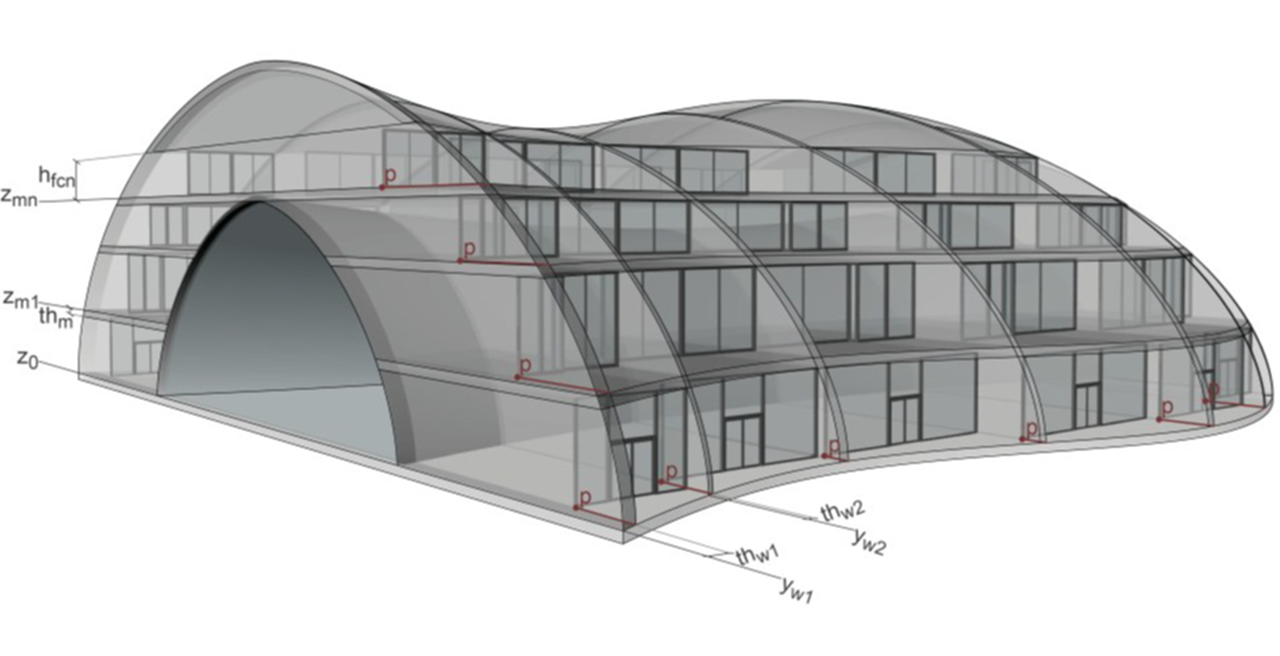
MODELLING
Using algorithms as the medium to explore and develop architectural design ideas, it is possible to achieve more complex and flexible design solutions. Using a pure programming-based representation of the intended design not only speeds up the handling of changes that always occur as the design evolves, but also allows for a much larger solution space derived from the formalized representation.

VISUALIZATION
An algorithmically designed project benefits from a great flexibility, allowing the user to explore a variety of ideas with no extra modeling effort. By enabling the almost effortless change of 3D models, this approach requires efficient visualization mechanisms that keep up with the growing complexity of algorithmic models. ADA develops algorithmic strategies for visualization and navigation of 3D models.
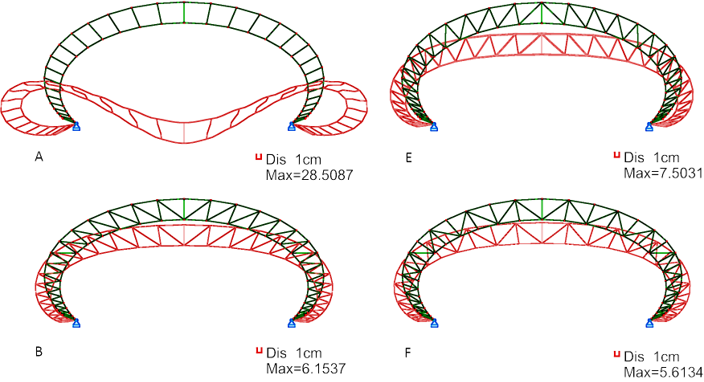
ANALYSIS
With the growing need for safer and more sustainable buildings, it has become crucial for architects to take building performance into account during the development of their projects, especially during the initial design stages. Nowadays, analysis tools can help us make design decisions informed by building performance, having become important tools for the design process.
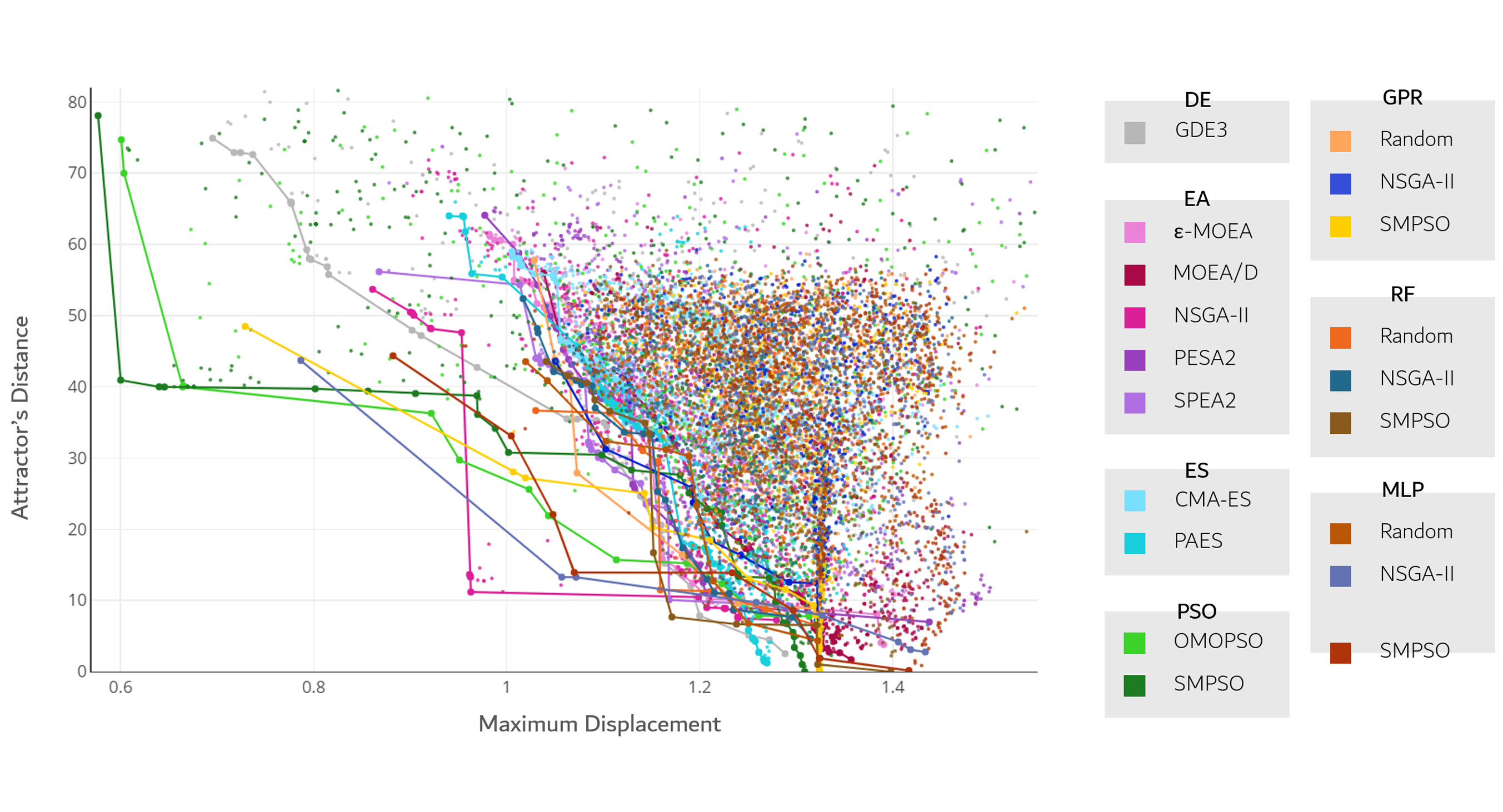
OPTIMIZATION
The building sector presents one of the largest economic and environmental footprints. Building performance optimization can minimize this impact by combining algorithmic approaches, to generate multiple building design variants, simulation tools, to evaluate building's performance regarding distinct aspects, and optimization algorithms, to seek more efficient building designs.
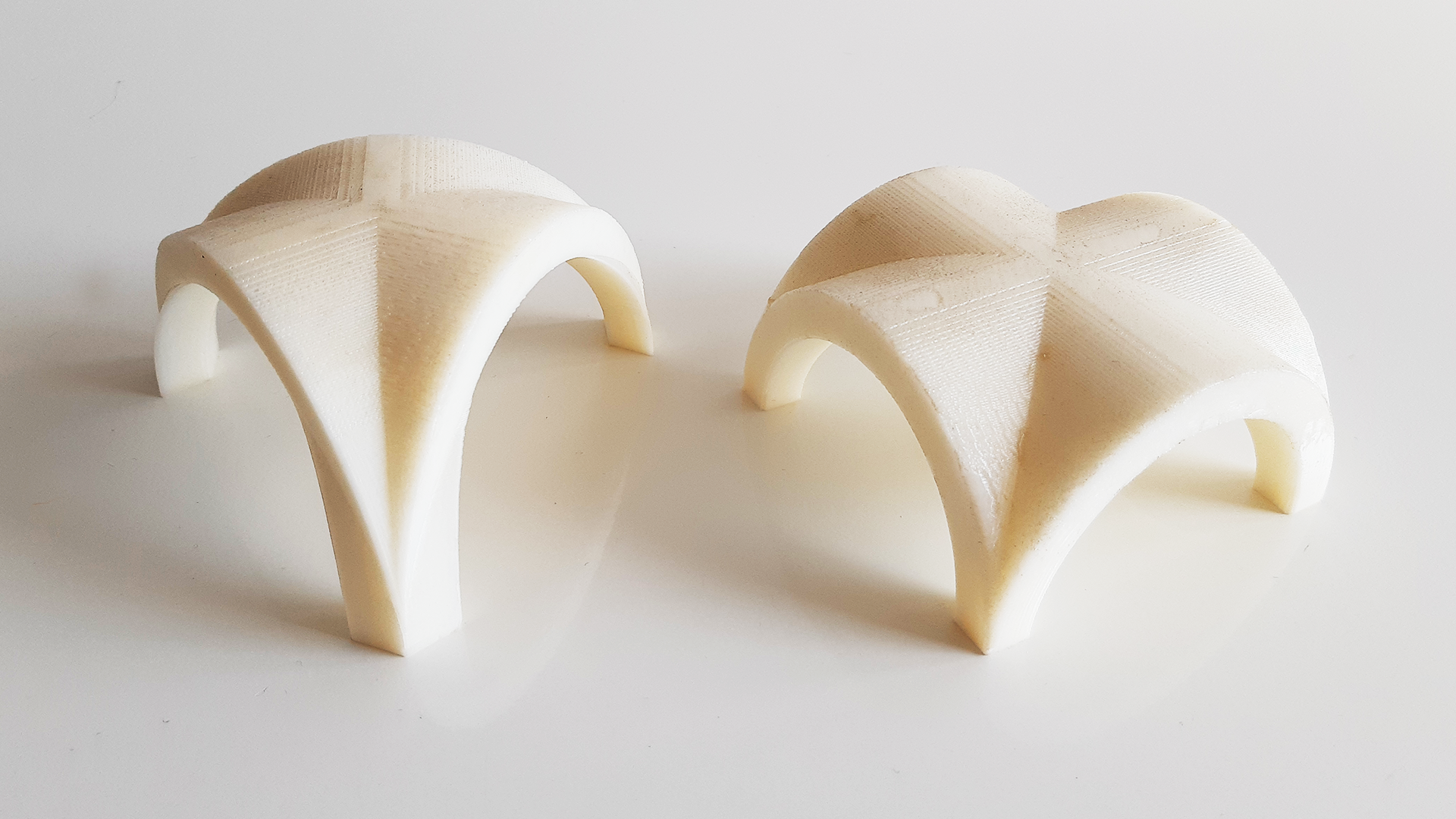
FABRICATION
Digital Fabrication mechanizes many of the human-intensive tasks needed to construct buildings, thus assuring considerable cost savings. It also opens the door to mass customization and the construction of complex geometrical entities that would be very difficult and/or expensive to produce by physical means.
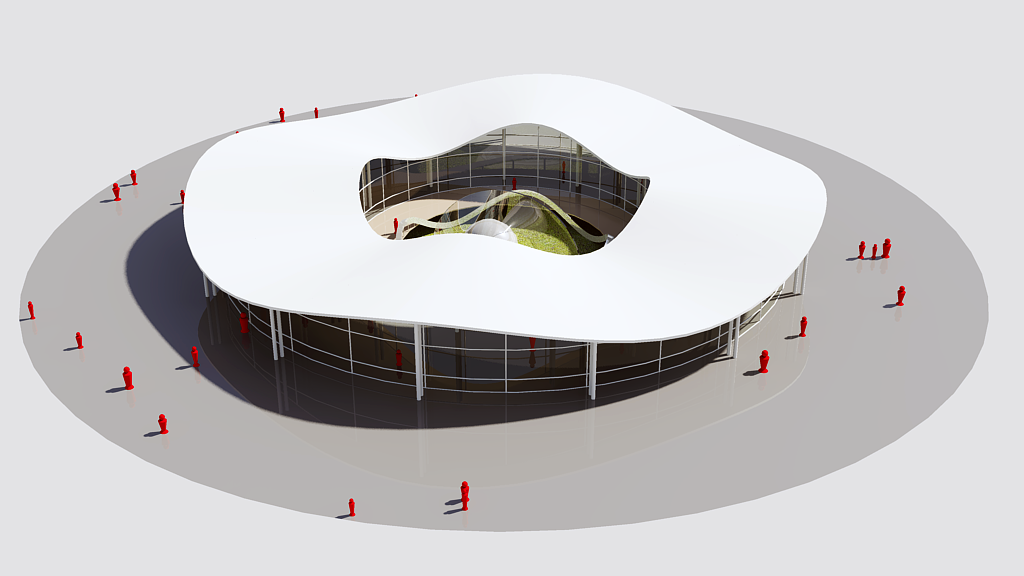
EDUCATION
Architecture and design are ever-evolving disciplines that seek to exceed their barriers with every new creation. Programming allows modeling and analysis tool to be amplified with new capabilities. Given the evident need for computation knowledge in these practices, we consider this to be a crucial topic for university students to learn.


